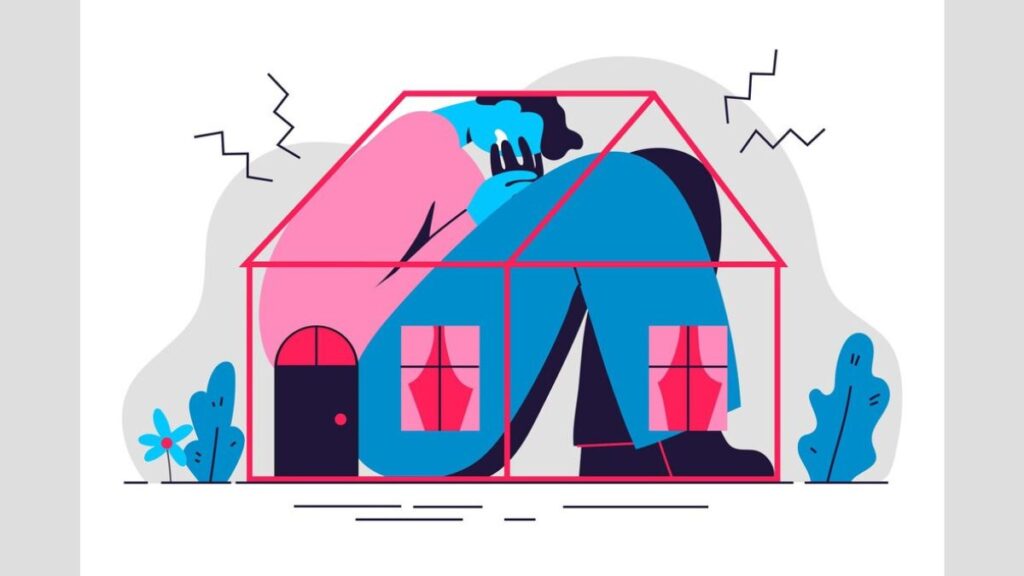Contents
Protecting Your Home and Loved Ones
House of Hazards is a fun local multiplayer game where each player completes tasks around the house while avoiding hazards. The challenge is to see how far you can get before one of your friends catches you off guard. This article aims to educate players about potential in-game hazards and offer tips for keeping your in-game character safe. Let’s explore how to make your virtual house secure and safe.
Identifying Hazards
Even in a game, your home should feel safe, but hidden dangers can still exist. In House of Hazards, “house of hazards” refers to homes where potential threats are cleverly hidden. By identifying these risks and taking steps to eliminate them, you can create a safer gaming environment for your character.
Common Household Hazards
- Slips and Falls
- Loose carpets, wet floors, and clutter can cause accidents. Ensure rugs are secured, clean up spills immediately, and keep walkways clear to prevent falls.
- Electrical Hazards
- Faulty wiring, overloaded circuits, and exposed outlets can lead to electrocution or fires. Regularly check electrical systems, avoid overloading sockets, and use outlet covers.
- Chemical Exposure
- Incorrect use or storage of household chemicals, like cleaning agents and pesticides, can be harmful. Store chemicals properly, follow usage instructions, and keep them out of reach of children.
Hidden Hazards
- Carbon Monoxide
- This invisible, odorless gas can be deadly. Install carbon monoxide detectors near sleeping areas and check them regularly to ensure they are functioning correctly.
- Mold and Allergens
- Hidden mold and allergens can pose serious health risks, especially for those with respiratory conditions. Regularly inspect damp areas, like basements and bathrooms, for mold and address any moisture issues promptly.
Preventive Measures
Taking preventive measures is crucial to ensure a safe home environment. Here are some steps to consider:
Childproofing
Families with young children should prioritize childproofing. Use safety gates to block off dangerous areas, cover electrical outlets to prevent shocks, and secure large furniture to prevent tipping. Keep small objects, sharp items, and hazardous substances out of children’s reach.
Fire Safety
- Smoke Detectors
- Smoke detectors are essential for early fire detection. Install them in high-traffic areas, near kitchens, and in bedrooms. Test them monthly and replace batteries at least once a year.
- Fire Extinguishers
- Keep fire extinguishers in accessible locations, such as the kitchen and garage. Ensure everyone in the household knows how to use them and conduct regular training sessions.
Home Security
Investing in a home security system can greatly enhance your family’s safety. Modern systems offer features like surveillance cameras, motion detectors, and remote monitoring. Additionally, reinforce doors and windows with sturdy locks and consider using smart home devices for added security.
Safe Home Essentials
Certain items are essential to ensure your home is prepared for emergencies. Here are some must-haves:
Smoke Detectors
Smoke detectors play a crucial role in alerting you to potential fires. Install them on every level of your home and outside sleeping areas. Regular maintenance, including testing and battery replacement, is key to their effectiveness.
First Aid Kit
A well-stocked first aid kit is vital for handling minor injuries and emergencies. Include items like bandages, antiseptics, pain relievers, and any necessary medications. Keep the kit in an easily accessible location and ensure all family members know where it is.
Emergency Contacts
Having emergency contact numbers readily available can save valuable time during a crisis. Keep a list of important contacts, including local hospitals, fire departments, and poison control centers, in a visible location, such as on the refrigerator.
Conclusion
By proactively addressing potential dangers, you can make your home a safe and happy environment for your family. Recognizing home hazards, eliminating them through childproofing, improving fire safety, and installing security measures can transform your “house of hazards” into a secure refuge for you and your loved ones. Taking these steps ensures peace of mind and a safer living space for everyone.
FAQs
1. How often should I test my smoke detectors?
It’s advised that smoke alarms be checked once a month and that batteries be changed once a year.
2. What should I include in a first aid kit?
Bandages, disinfectant wipes, pain medication, scissors, and adhesive tape are all essentials for any first aid bag.
3. What are the common childproofing measures?
Safety gates, outlet covers, and strapping heavy furniture are all standard practices for childproofing a home.
4. How can I prevent carbon monoxide exposure in my home?
To avoid being exposed to carbon monoxide, you should have detectors set up and make sure your home has adequate ventilation.
5. What’s the importance of emergency contacts? In the event of an accident or other emergency, having a list of emergency contacts on hand is essential. Make sure your loved ones are safe by compiling a list of important phone num

